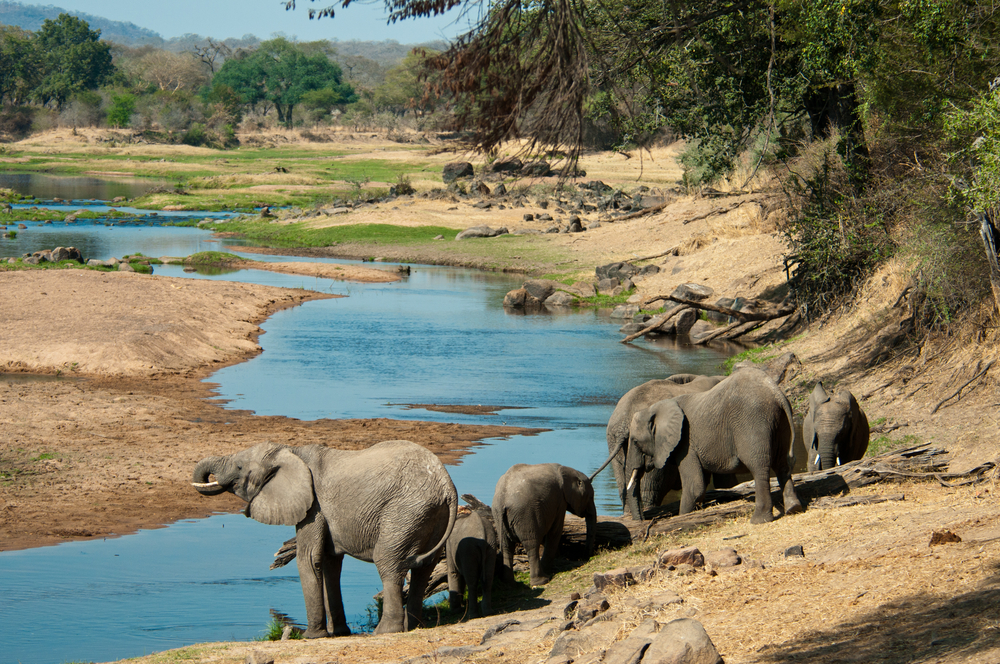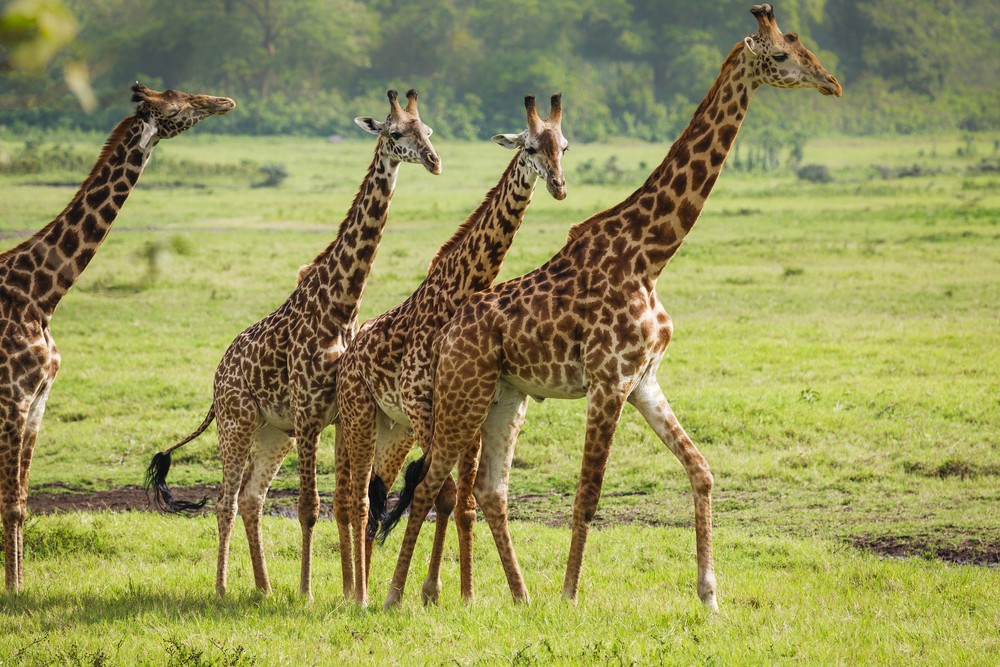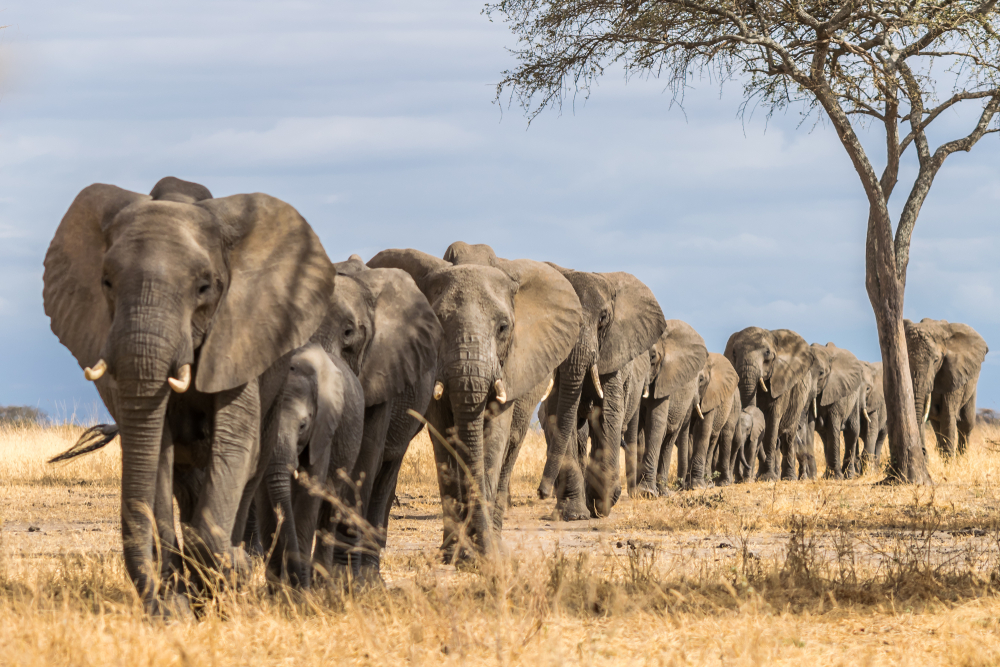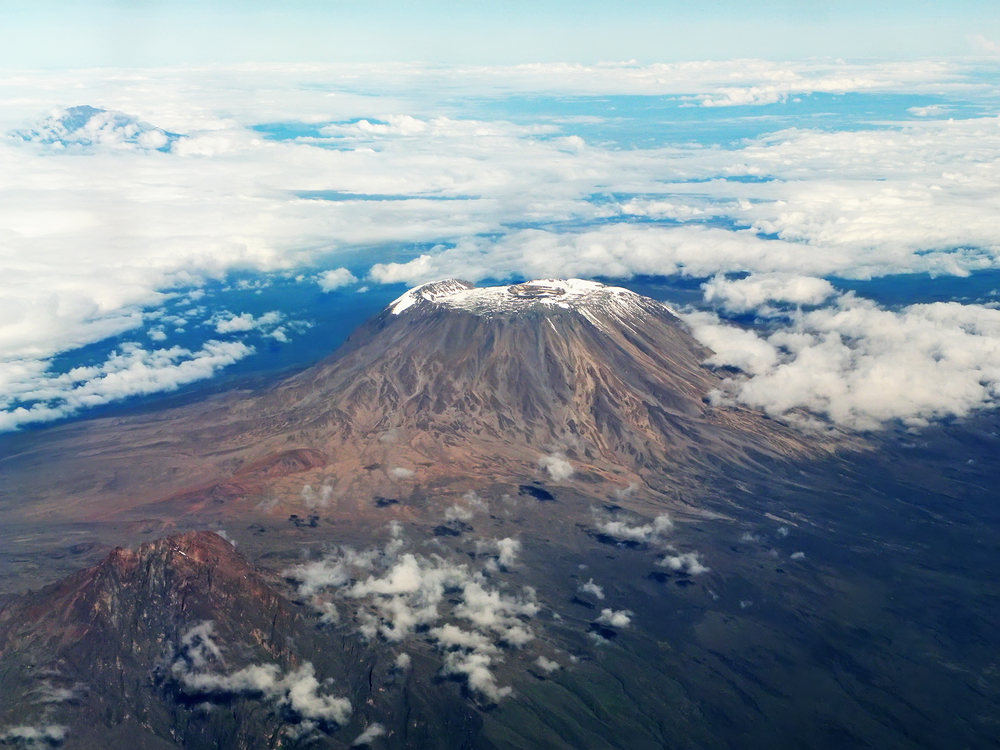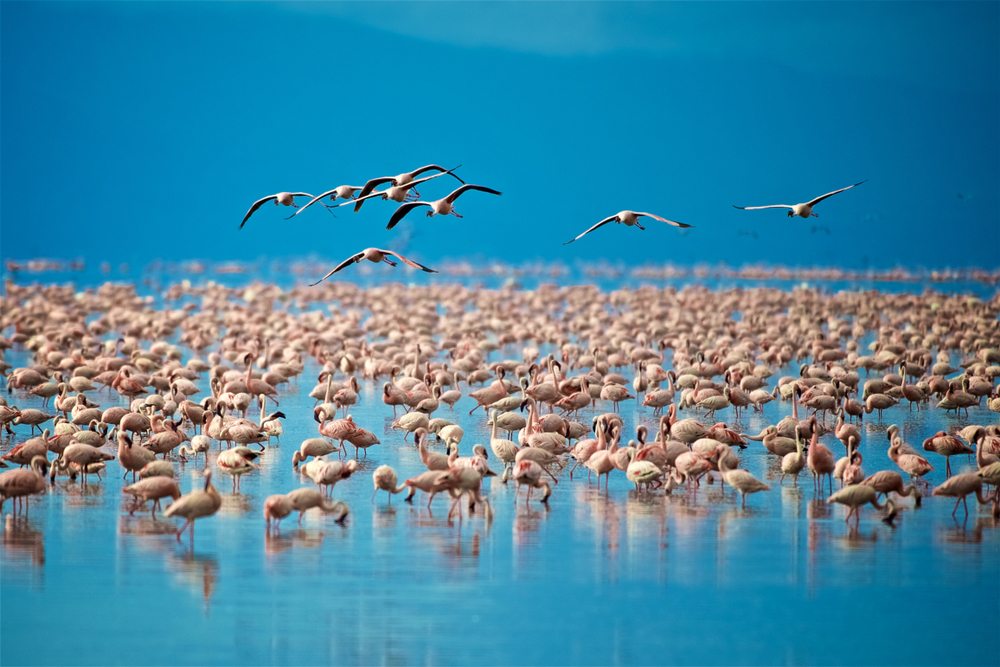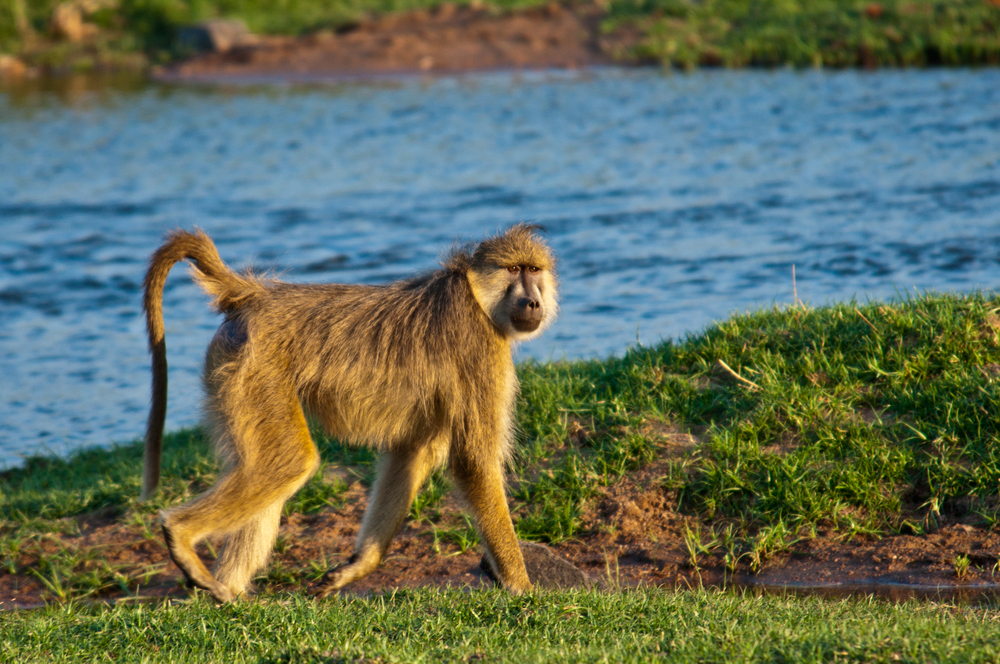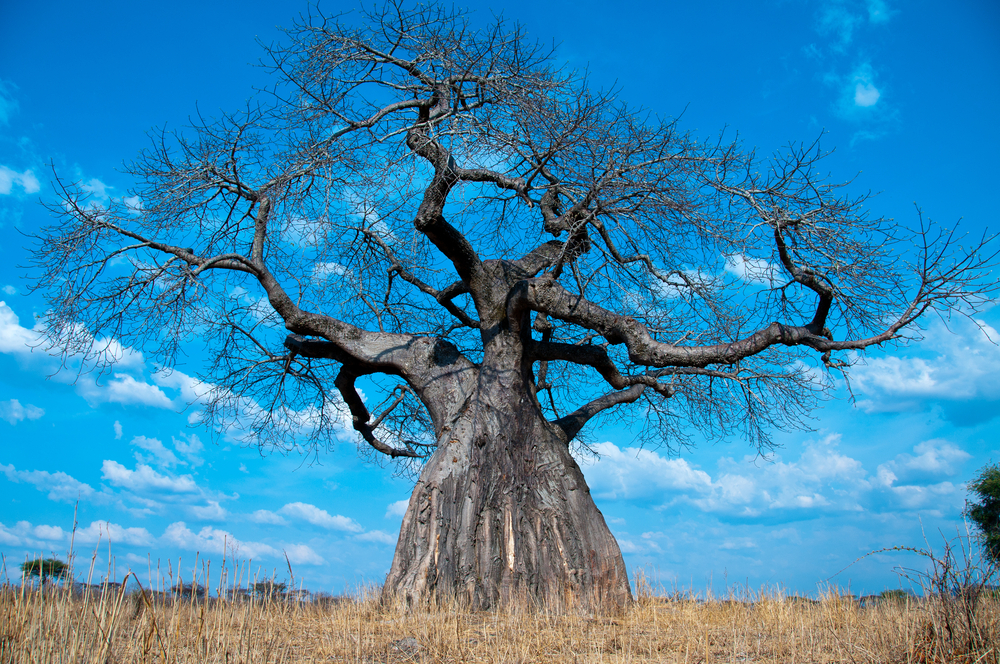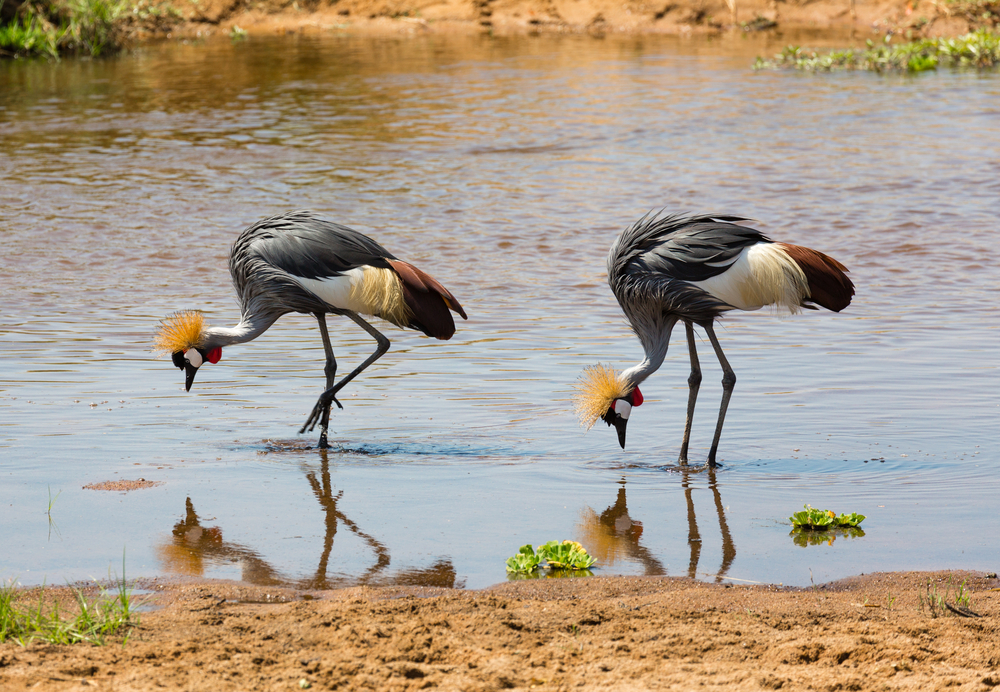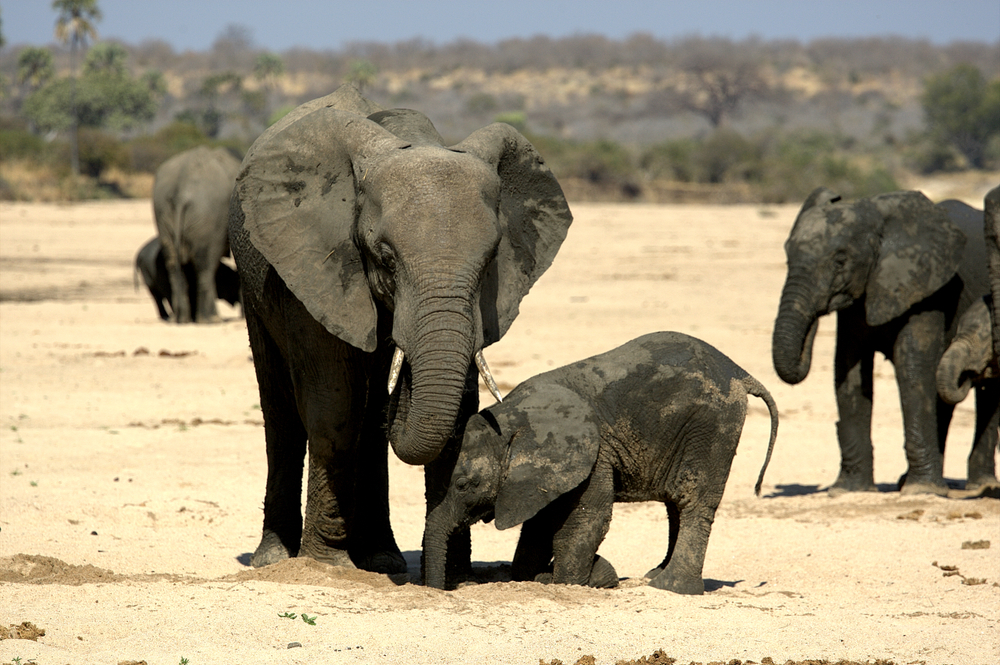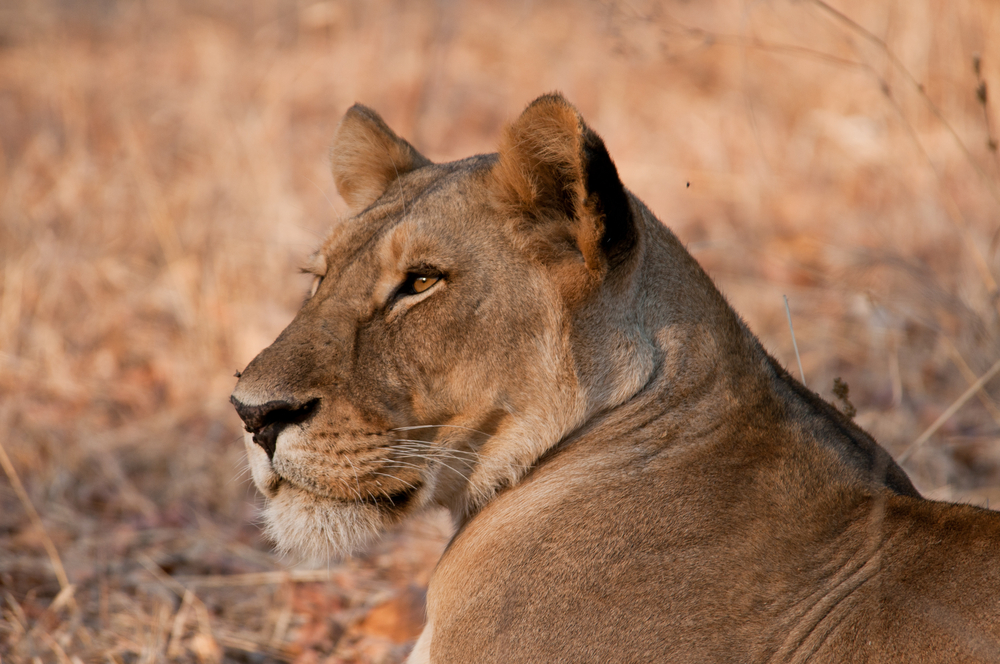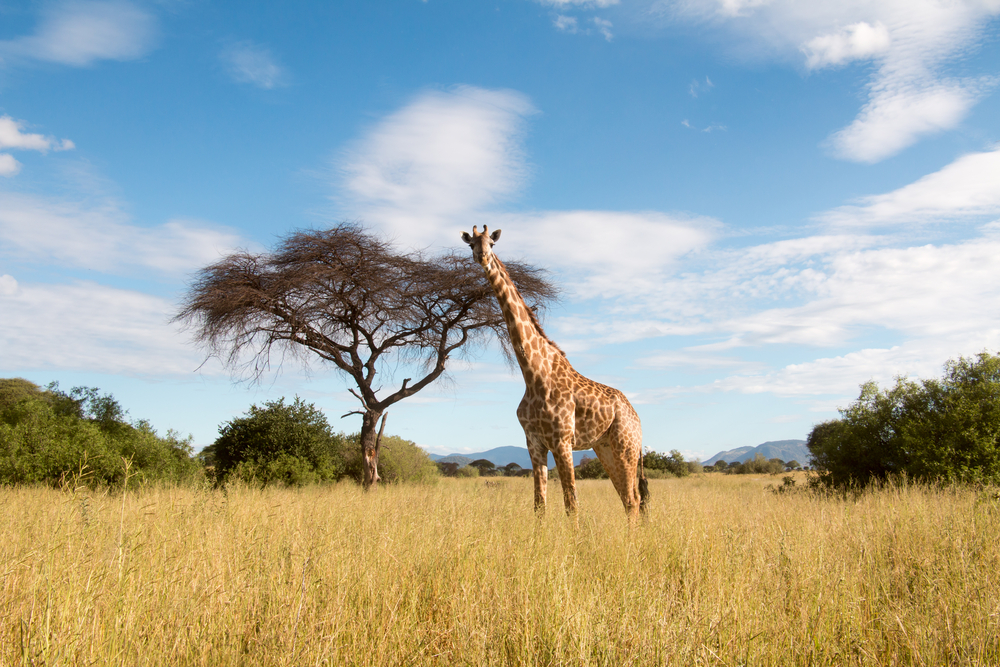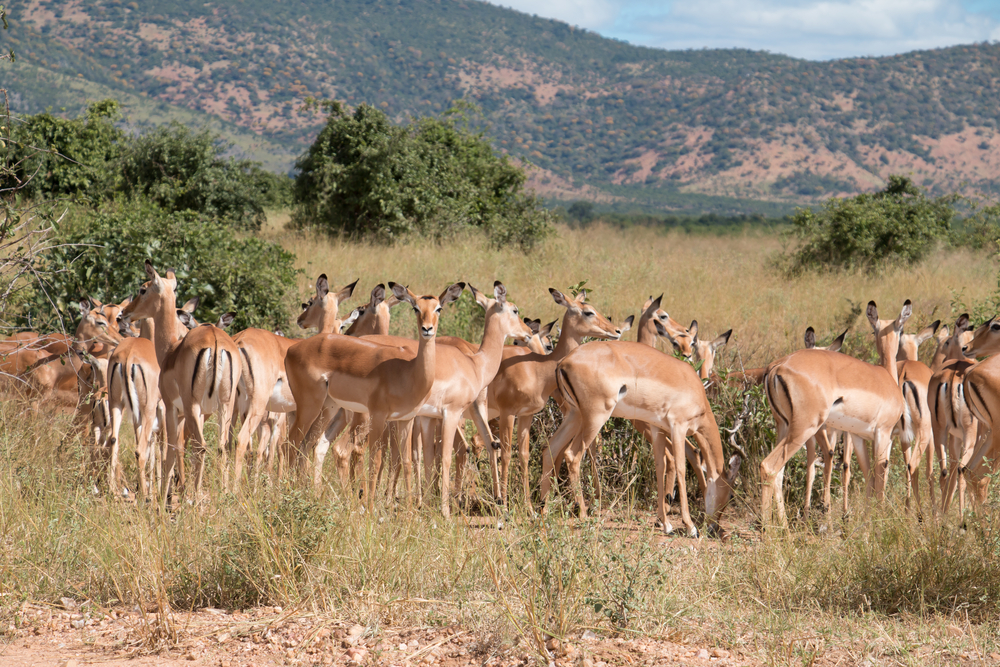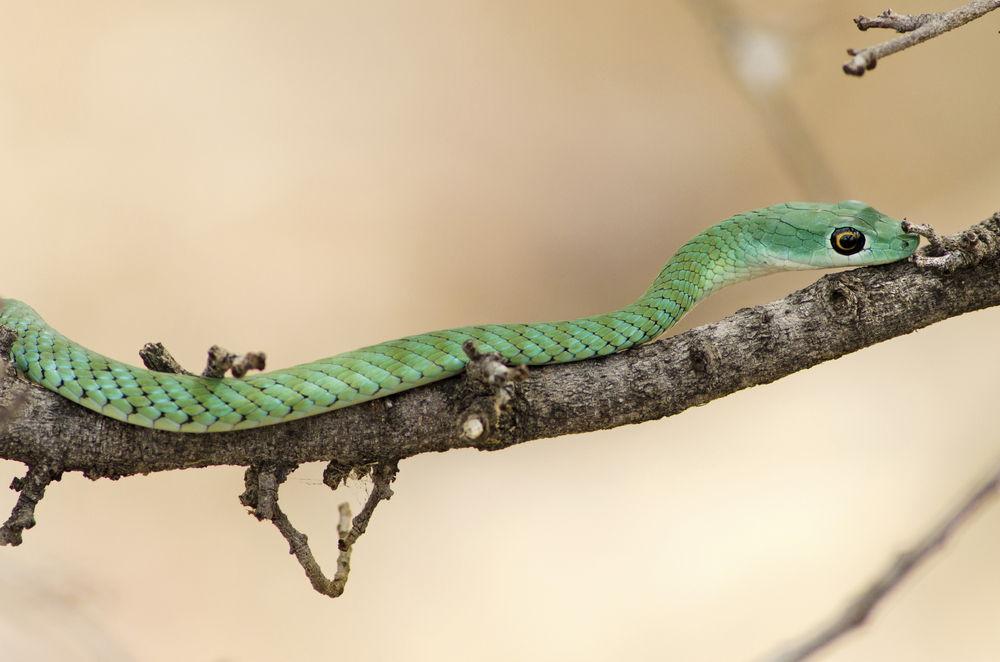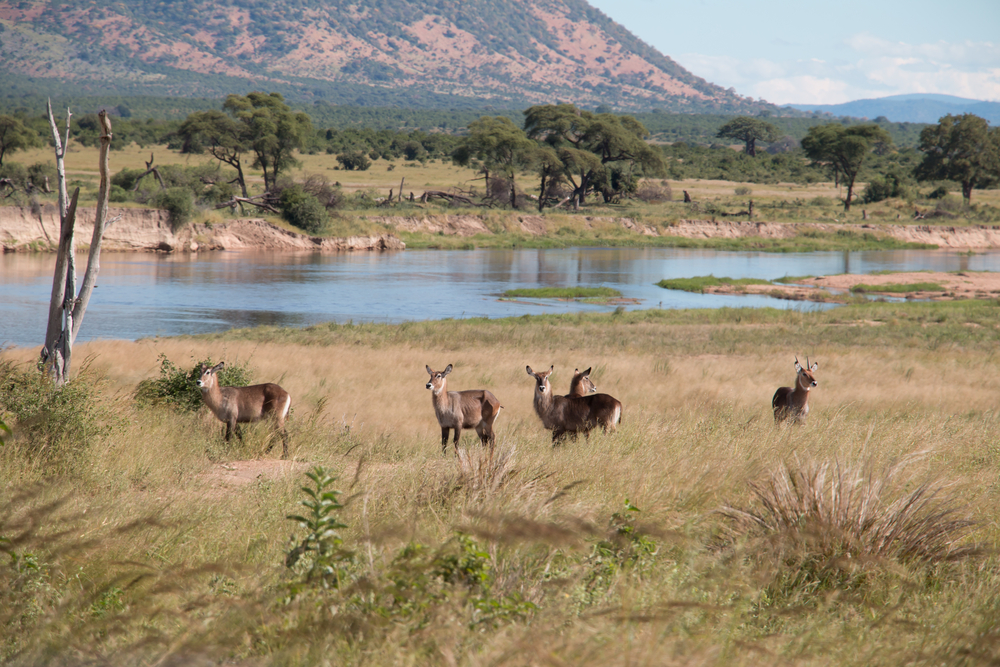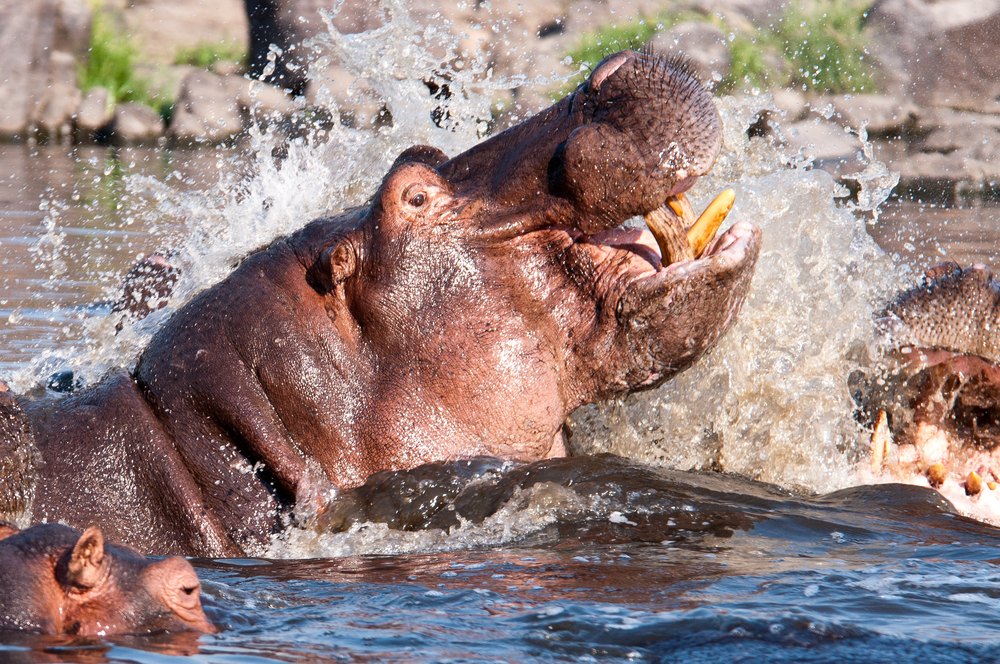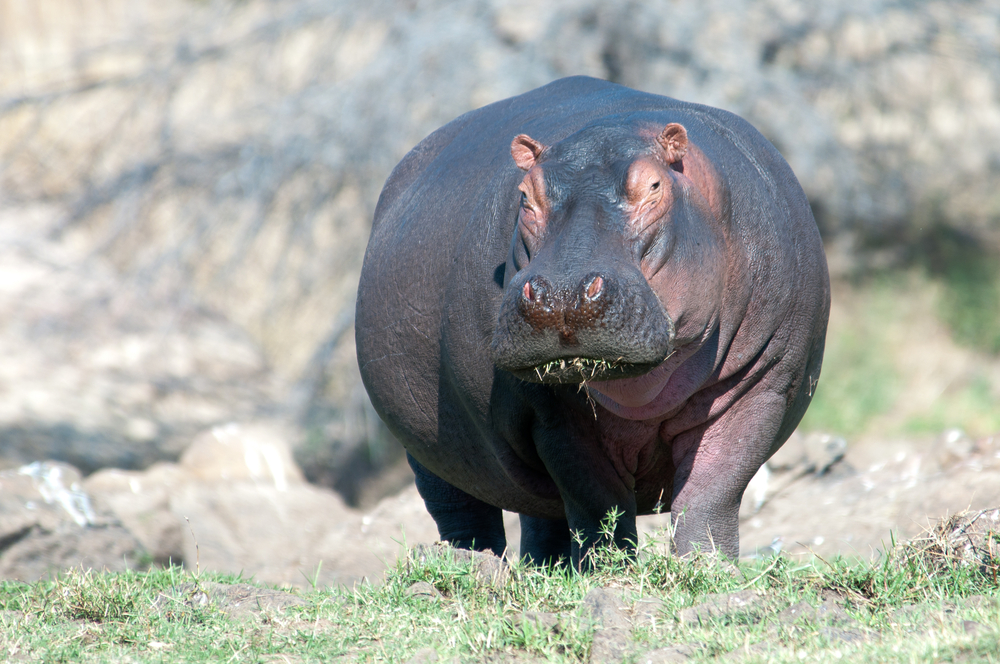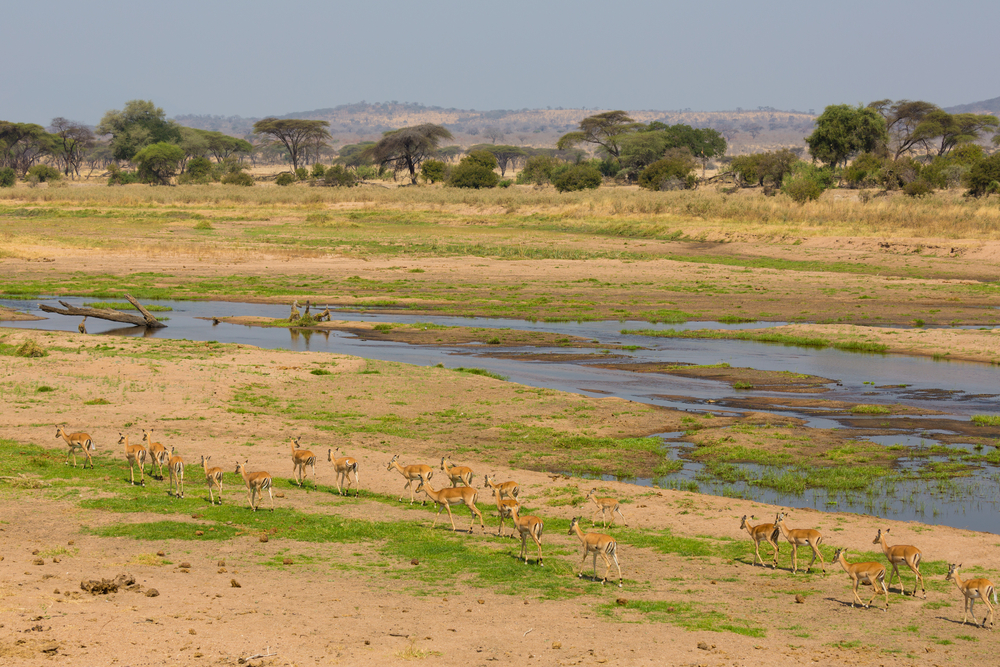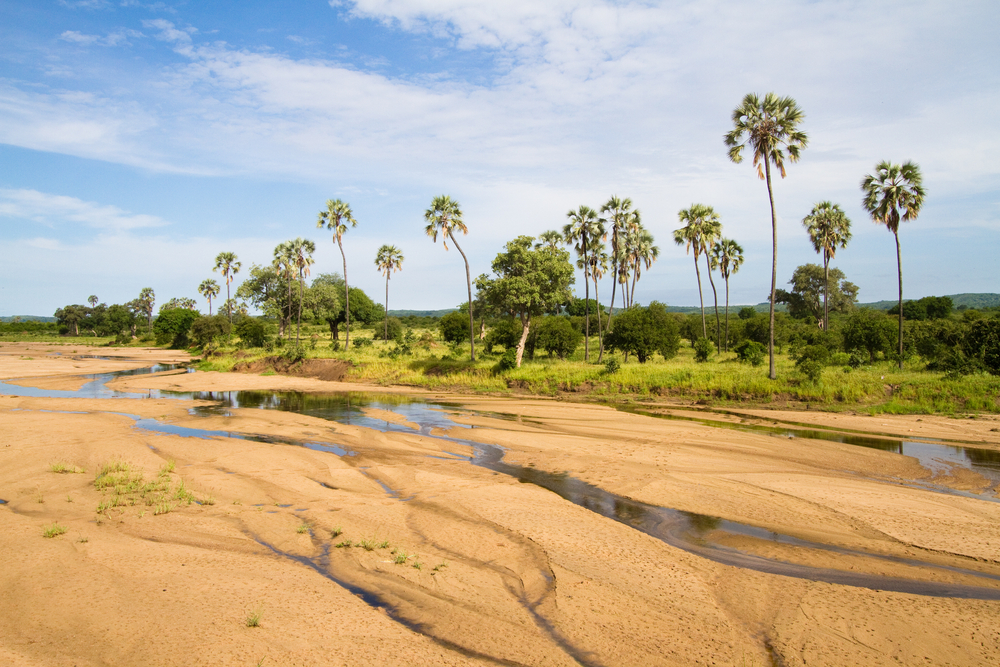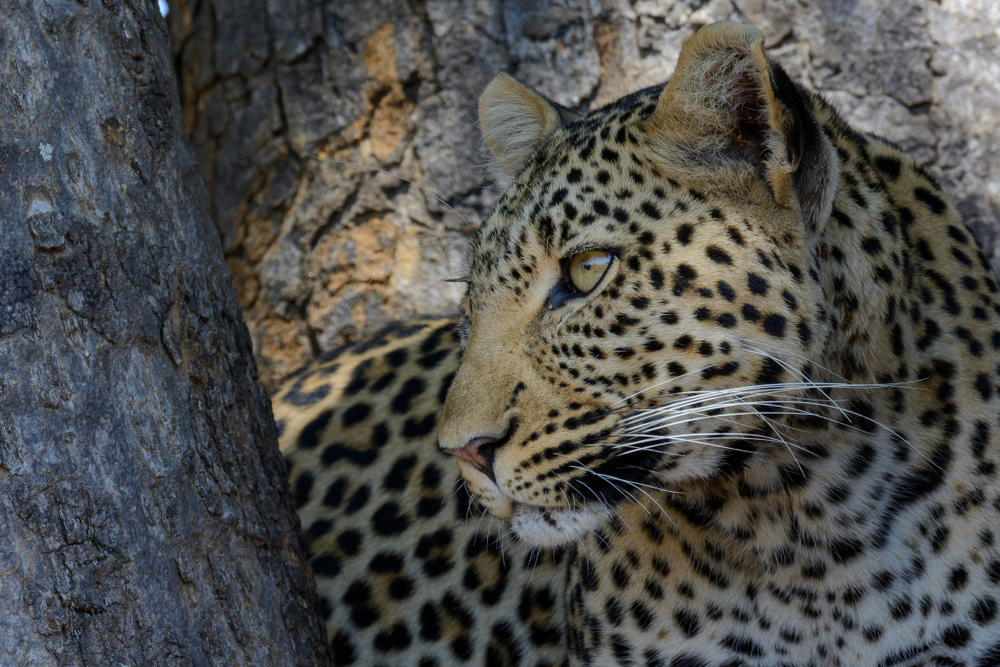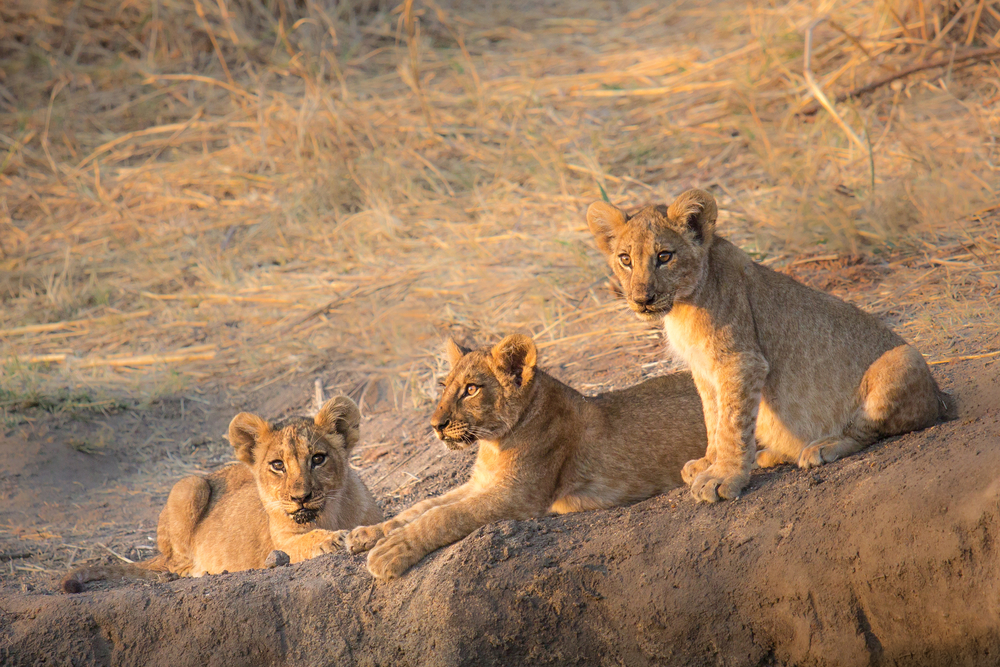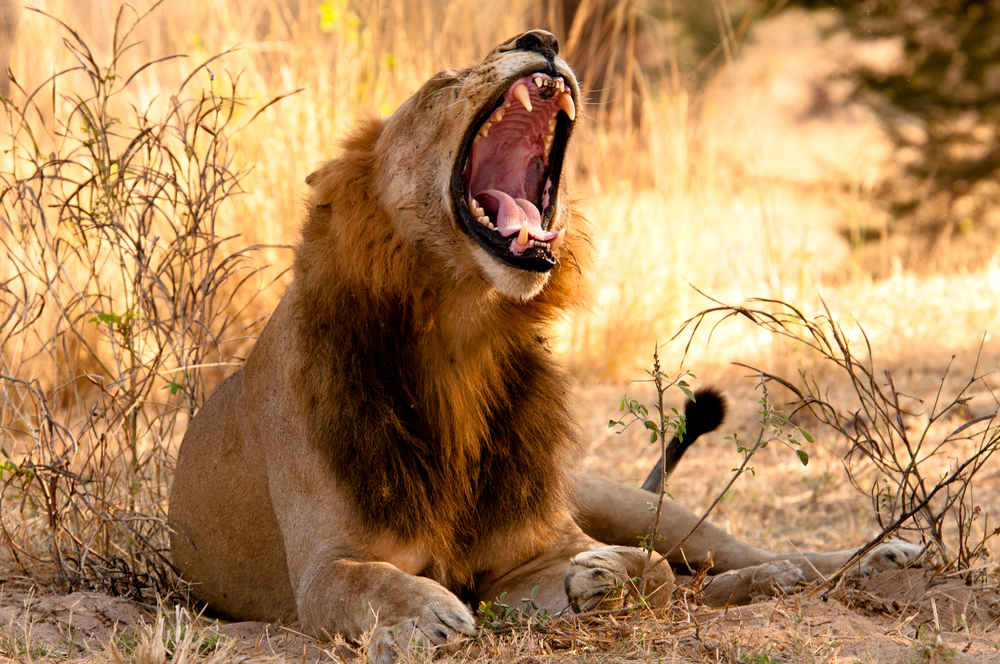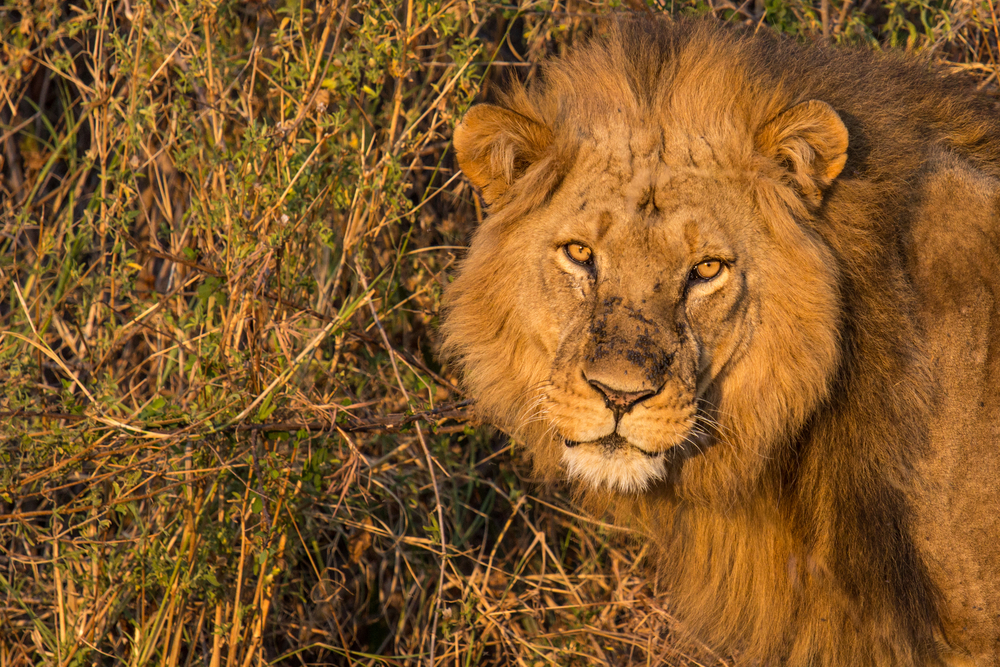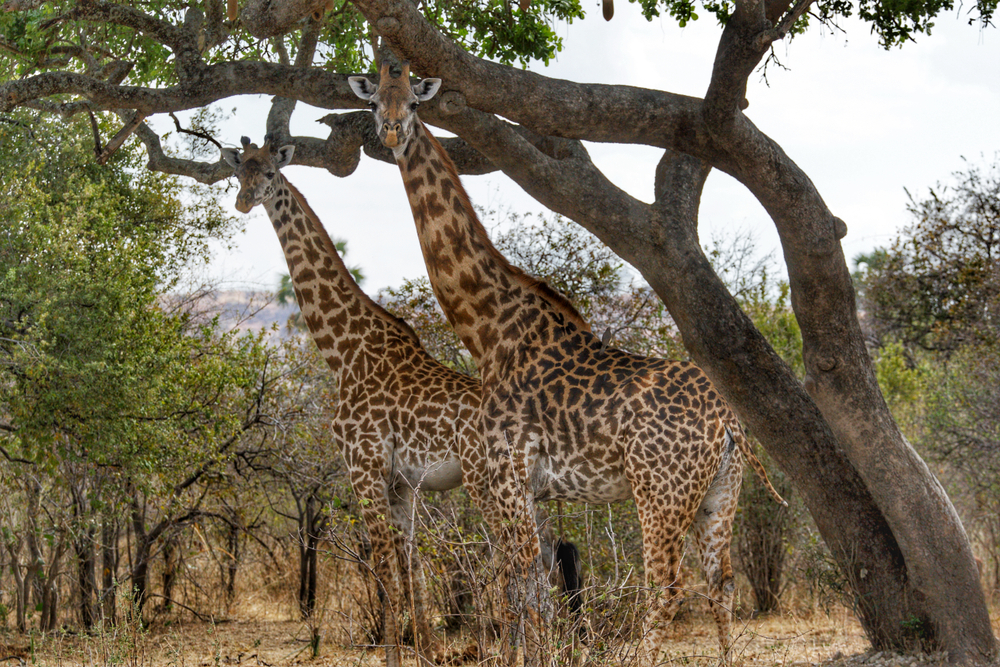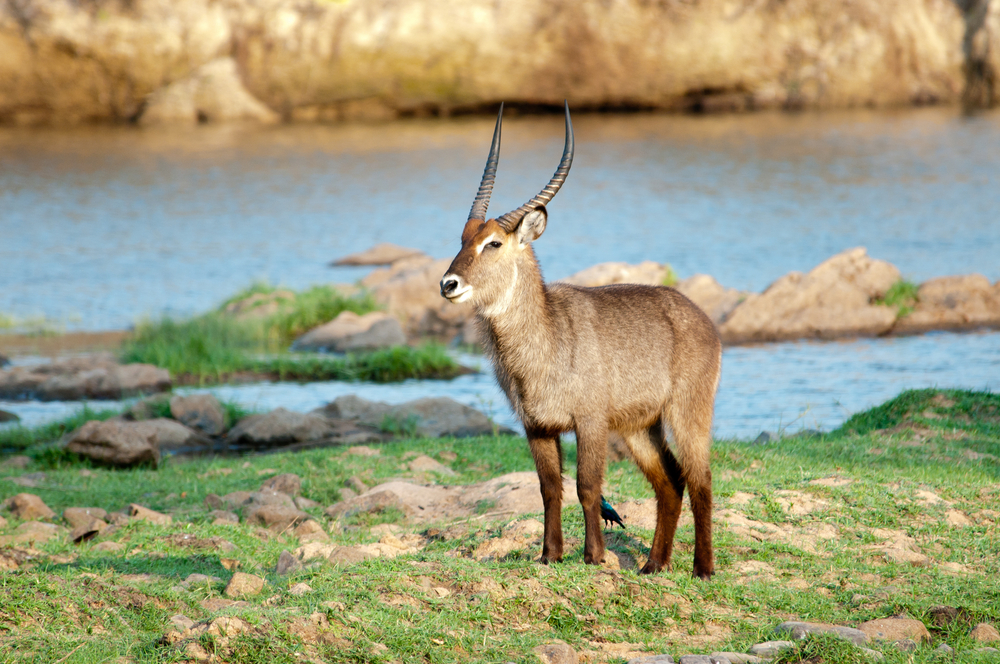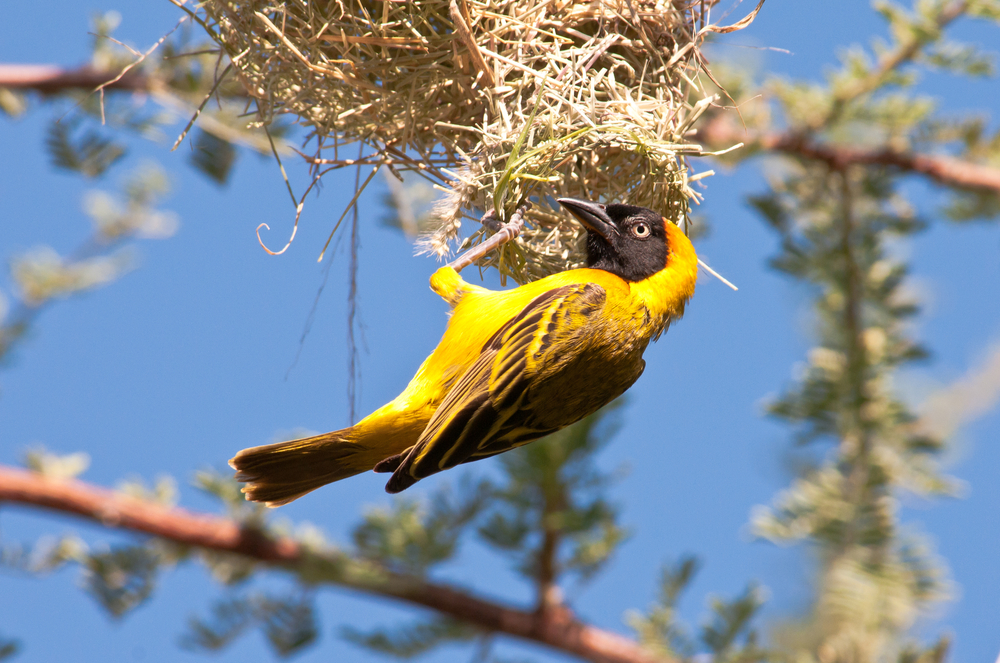Birds
Ruaha National Park is an avian paradise, hosting over 570 species of birds, making it a premier destination for birdwatchers and ornithologists alike. The park’s diverse habitats support a wide array of birdlife, ranging from common garden birds to rare and endangered species, each adding a unique note to the symphony of Ruaha’s wilderness.
African Fish Eagle – With its distinctive call echoing over waterways, the African Fish Eagle is a symbol of the wild, often seen perched majestically near water.
Lilac-breasted Roller – The breathtakingly colorful Lilac-breasted Roller is a sight to behold, with its brilliant lilac breast, blue belly, and green head.
Red-billed Hornbill – Frequently spotted, these quirky birds are known for their long, curved red bills and their amusing ground foraging behavior.
Yellow-collared Lovebird – These small, vibrant parrots, with their bright green bodies and yellow ‘collars’, add a splash of color to the Ruaha landscape.
Bateleur Eagle – This medium-sized eagle is distinguished by its short tail and vibrant red face and legs, often seen gliding low over the savannah.
Secretary Bird – Striking in appearance, the Secretary Bird is a tall, ground-dwelling bird with long legs and an eagle-like body, hunting snakes across the grasslands.
Purple-crested Turaco – With its vivid purple crest and striking green plumage, this bird is often heard before it’s seen, moving acrobatically through the treetops.
Crested Barbet – Noted for their loud, trilling calls and striking, speckled plumage, Crested Barbets are a colorful addition to the park’s birdlife.
White-headed Buffalo Weaver – Easily recognized by their white heads and black bodies, these social weavers construct large, communal nests in acacia trees.
African Grey Hornbill – Characterized by their long, curved beaks and distinctive call, these hornbills are a common sight, contributing to the park’s auditory landscape.
Ruaha National Park’s rich avian population offers endless opportunities for observation and study, showcasing the incredible diversity of bird species that call this Tanzanian park home.








































































